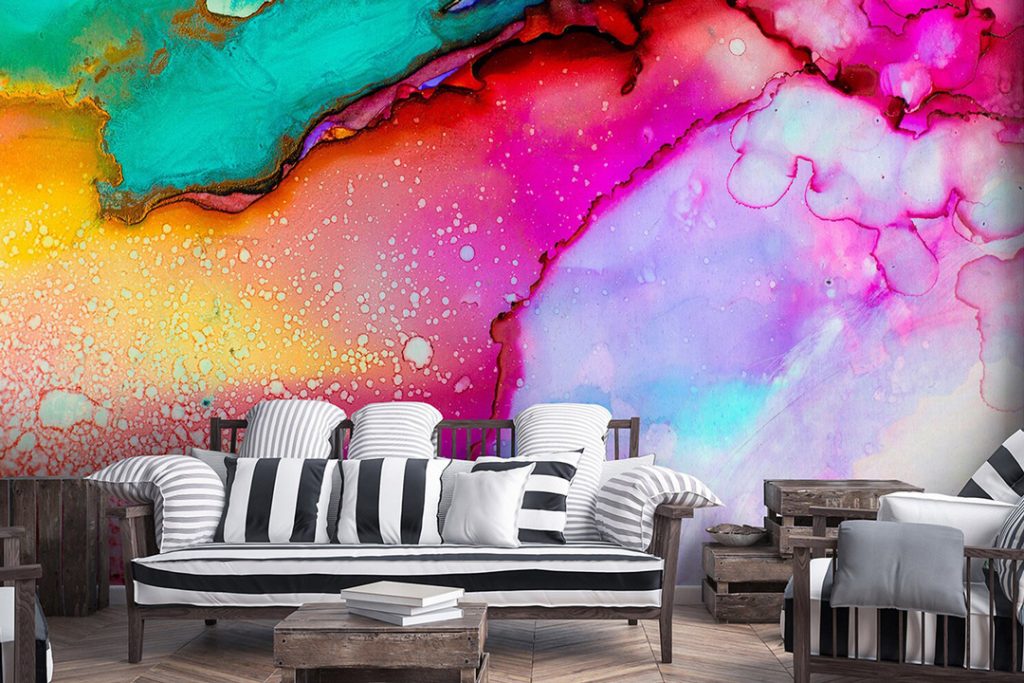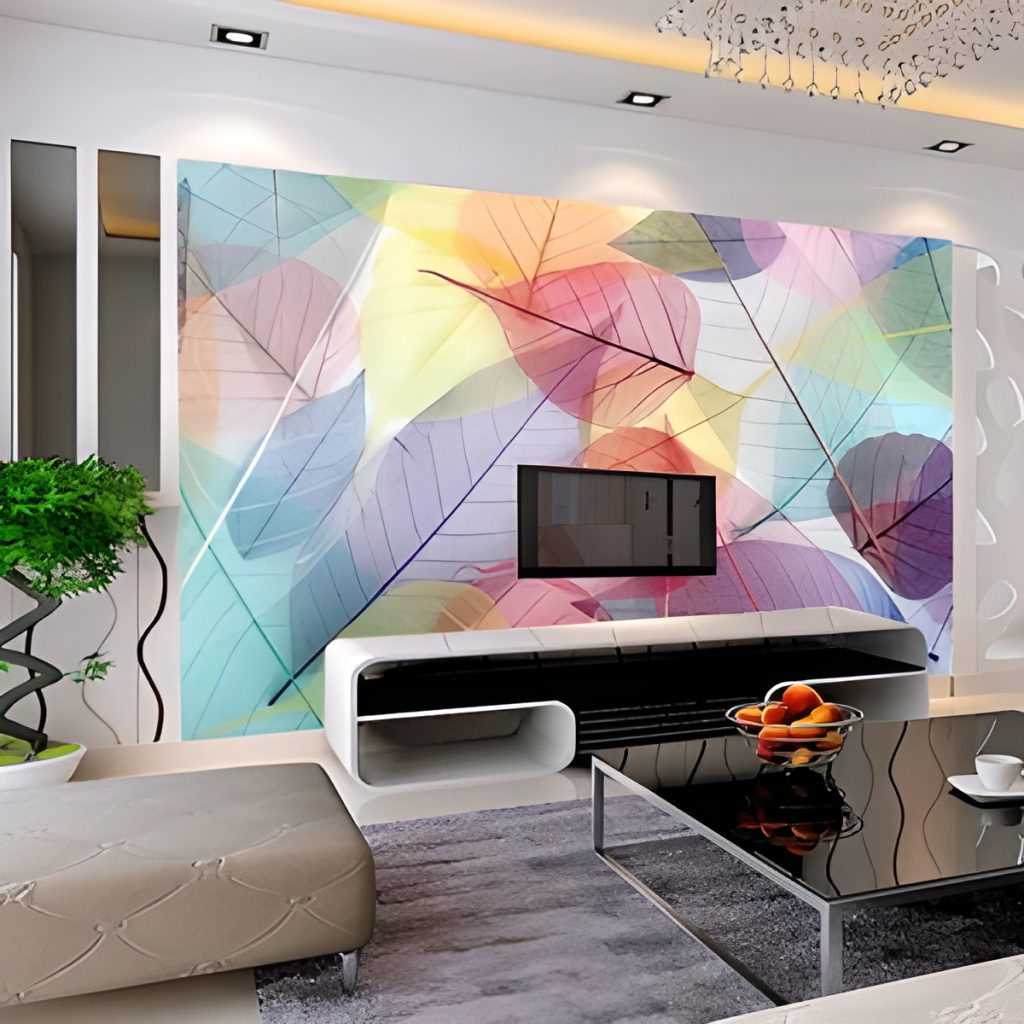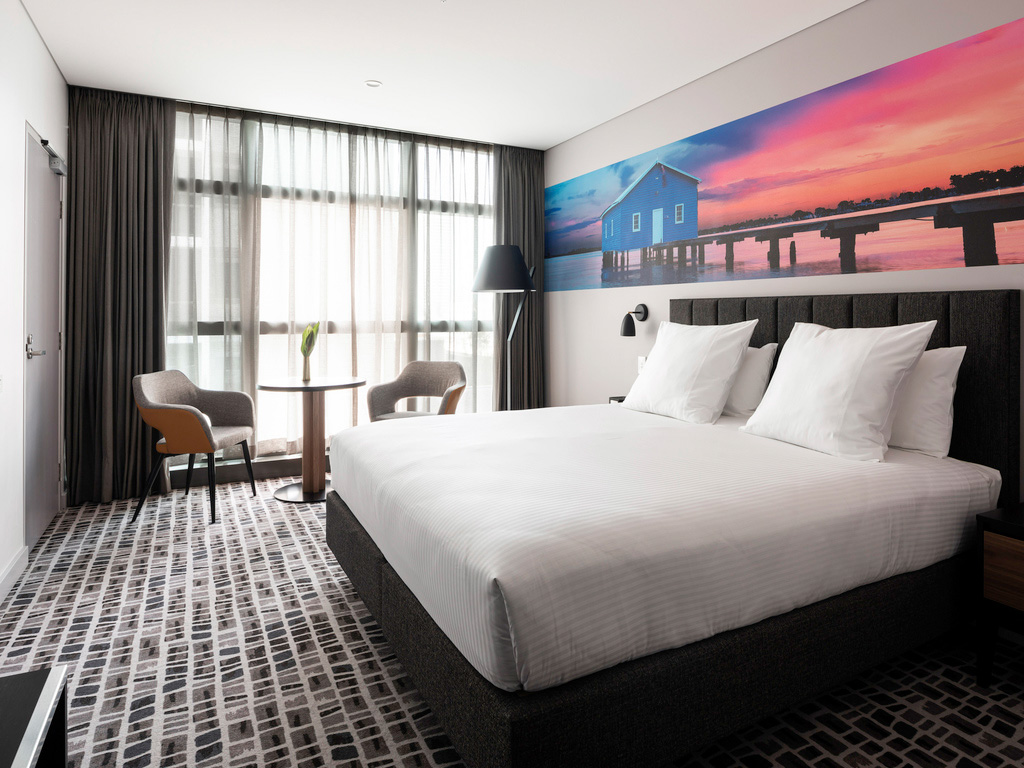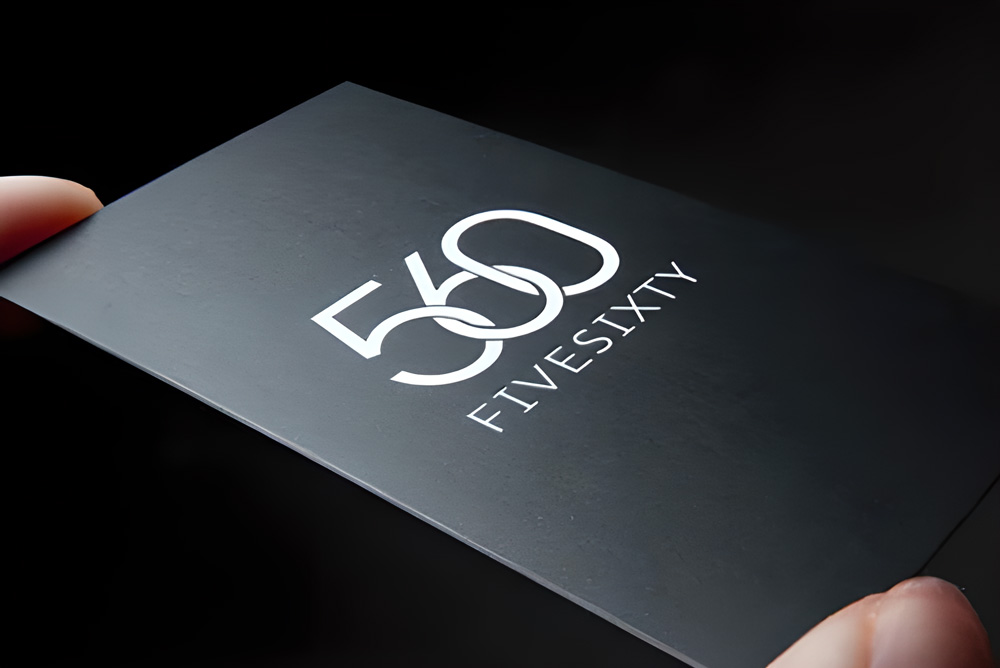Achieve Stunning Results in Home Décor and Architectural Design with UV Printer
In an era where individual expression and environmental awareness are merging, the innovative power of UV printer technology is not only reshaping the way the home décor and architectural design industry conceives and realizes design aesthetics, but it is also becoming a cornerstone of sustainable, customizable and productivity. As we look to a prosperous future for décor and design, fast, eco-friendly and highly personalized designs are not only possible, but predictable, while responding to the changing tastes and values of the modern consumer.

Briefly introduce the topic of UV printer technology
A brief introduction to the topic of UV printing technology.
UV printing technology offers fast production times, versatility and reduced environmental impact. As a digital printing technology, it utilizes ultraviolet (UV) light to dry or cure the ink during the printing process. The process works as follows:
When UV printing ink is exposed to UV light, it undergoes a photochemical reaction that causes the ink to cure almost immediately. This rapid drying process is one of the main benefits of UV printing, allowing for fast print speeds and high throughput.
UV-cured inks contain no volatile organic compounds (VOCs: these compounds evaporate into the air and cause environmental harm), making UV printing a more environmentally friendly option. In addition, the absence of solvents means that UV printing is resistant to fading, humidity and abrasion, which are essential for long-lasting, durable prints.UV printing offers the simultaneous benefits of vibrant colors, excellent print quality and crisp detail, and the inks don’t diffuse or absorb into the material, resulting in precise, clear print results.
One of the most important aspects of UV printing technology is its ability to print on a wide range of substrates. This includes unconventional materials such as plastic, glass, metal, and even wood surfaces, and this versatility opens up a wide range of applications, from commercial signage to product packaging, and as discussed, the home décor and architectural design industries.

Case Study: Revamping a Boutique Hotel Chain with UV Printer
DesignPrint Decor’s(pseudonym) embrace of UV printing technology serves as a compelling case study of technological adaptation catalyzing business growth and innovation. This narrative not only demonstrates the capabilities of UV printing but also illustrates the tangible benefits experienced by businesses that strategically integrate new technology into their operations.
DesignPrint Decor’s successful collaboration with a boutique hotel chain exemplifies how effective UV printing can be. Working closely with the chain’s designers, they used UV printing to create original themed décor elements, such as customized headboards and beautiful glass partitions, to infuse the hotel’s interior with a unique personality that resonated with guests.
Unique Requirements of the Boutique Hotel Chain
The boutique hotel chain required a distinctive aesthetic that would differentiate its properties from conventional accommodations. Each hotel aimed to provide guests with a unique atmosphere that not only appealed to the visual senses but also conveyed a specific theme closely aligned with the hotel’s brand identity. Furthermore, durability and maintenance of decor elements were key considerations, given the high traffic nature of hotels.
Collaboration between Designers and DesignPrint Decor
The partnership between the hotel’s interior designers and DesignPrint Decor was based on open communication and creative synergy. Initially, the designers shared their vision, themes and color schemes for each hotel, emphasizing the need for customized, statement pieces that could withstand the operational demands of the hotel environment.
DesignPrint Decor’s experts then presented various materials and printing possibilities enabled by their UV printing technology. They provided prototypes and samples to demonstrate the quality and effectiveness of printing on different substrates. This collaborative process included multiple iterations to ensure the final products would meet the aesthetic and functional requirements of the hotel chain.
Thematic Designs and Custom Elements in Various Rooms
UV printing’s versatility opened up opportunities for a wide range of thematic designs and custom elements:
Lobby and Common Areas: For the hotel lobby, UV printing was used to create large, striking wall murals that captured the local culture or landscape. As guests entered, they were immediately immersed in the hotel’s theme, whether it was urban chic, coastal serenity, or rustic charm.
Guest Rooms: Each guest room featured unique artwork printed directly onto headboards, adding character and style. This personalized touch extended to items such as lampshades, which bore custom-printed motifs to complement the room’s theme.

Dining Areas: The hotel’s restaurant and dining areas showcased tabletops with subtle, printed designs that were both aesthetically pleasing and resistant to the wear and tear of constant use.
Glass Partitions: DesignPrint Decor utilized UV printing to adorn glass partitions with intricate patterns or branding elements, which simultaneously served as art pieces and functional dividers, enhancing both privacy and decor.
Exterior Signage: UV printing also made its mark on outdoor signage, which required high durability against weather conditions. The hotel’s logo and thematic graphics were printed onto metal and other robust materials to withstand the elements while maintaining visual appeal.
Outcome and Impact
The boutique hotel chain’s collaboration with DesignPrint Decor resulted in a customized, thematic environment that engaged guests and bolstered the hotel’s brand identity. The success of this project not only showcased the creative potential and technical prowess of UV printing but also cemented DesignPrint Decor’s reputation for innovative solutions in the realm of high-end, customized interior decor. Through such strategic partnerships, both the hospitality industry and printing service providers can achieve a fusion of form and function that elevates the customer experience to new heights.
Potential Future Trends in UV Technology
Looking toward the future, several trends could shape the trajectory of UV printing technology, such as:
Integration of 3D Printing: Combining UV printing with 3D printing could enable Design Print Decor to offer textured prints, creating lifelike and tactile products.
Sustainable and Eco-Friendly Solutions: Advancements in inks and UV curing processes could further reduce environmental impact, an area where Design Print Decor could continue to showcase its leadership.
Expanded Material Range: Technological progress may soon allow printing on even more diverse materials, such as new composites or sustainable substrates.
AI and Automation: Smart systems powered by AI could optimize printing processes, reduce waste, and customize designs in real-time, creating efficiencies and new possibilities for personalization.
Leveraging Future Technological Advancements
As Design Print Decor looks forward, they are well-positioned to adopt and leverage these trends. Their established practice of staying updated with the latest technologies will facilitate the incorporation of innovations like 3D textures and AI-powered automation. By doing so, they can offer unique products that will continue to appeal to clients looking for bespoke, high-quality decor solutions.
Finally, Design Print Decor’s dedication to sustainability aligns with the anticipated push towards greener technologies. Their penchant for eco-friendly practices will not only help preserve the environment but also resonate with the values of their customers who increasingly demand responsible production methods.

Conclusion
The vision for the future of the home décor and architectural design industry is one of innovation, customization and sustainability, driven by the power of UV printing. With its unrivaled adaptability and growing focus on environmentally friendly practices, UV printing technology will continue to unleash new possibilities, impacting aesthetics and practical applications to meet the dynamic demands of the marketplace and the environment. As designers and manufacturers efficiently utilize these advances, we will witness a boom time in design, characterized by an exciting fusion of art and technology.
Tags :
Knowledge & Stories| M | T | W | T | F | S | S |
|---|---|---|---|---|---|---|
| 1 | 2 | 3 | 4 | 5 | 6 | |
| 7 | 8 | 9 | 10 | 11 | 12 | 13 |
| 14 | 15 | 16 | 17 | 18 | 19 | 20 |
| 21 | 22 | 23 | 24 | 25 | 26 | 27 |
| 28 | 29 | 30 | 31 | |||
Recent Posts
- Ultimate Guide to UV Printing: Insider Tips and Tricks
- Before You Invest: Choosing a Large Format Flatbed Printer
- Maximizing Brilliance: Mastering UV Printer Settings for Optimal Media Reflectivity
- The advantages of using a WER UV printer for large format printing (2)
- Achieve Stunning Results in Home Décor and Architectural Design with UV Printer
Archives
- January 2025
- November 2024
- September 2024
- March 2024
- December 2023
- November 2023
- October 2023
- May 2023
- March 2023
- February 2023
- January 2023
- December 2022
- November 2022
- October 2022
- September 2022
- February 2022
- January 2022
- December 2021
- November 2021
- October 2021
- September 2021
- August 2021
- July 2021
- June 2021
- May 2021
- April 2021
- March 2021
- February 2021
- January 2021
- December 2020
- November 2020
- October 2020
- September 2020
- August 2020
- July 2020
- June 2020
- May 2020
- April 2020
- March 2020
- February 2020
- January 2020
- December 2019
- November 2019
- October 2019
- September 2019
- August 2019
- July 2019
- June 2019
- May 2019
- April 2019
- March 2019
- February 2019
- January 2019
- December 2018
- November 2018
- October 2018
- September 2018
- August 2018
- July 2018
- June 2018
- May 2018
- April 2018
- March 2018
- February 2018
- January 2018
- December 2017
- July 2016
- June 2016
Recent Posts
- Ultimate Guide to UV Printing: Insider Tips and Tricks
- Before You Invest: Choosing a Large Format Flatbed Printer
- Maximizing Brilliance: Mastering UV Printer Settings for Optimal Media Reflectivity
- The advantages of using a WER UV printer for large format printing (2)
- Achieve Stunning Results in Home Décor and Architectural Design with UV Printer
Recent Comments